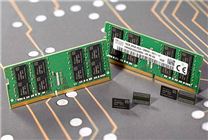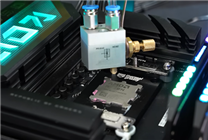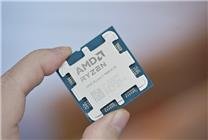Despite Supply Shortages, Samsung Electronics Announces a Significant Price Increase for Memory Chips
Summary:
- Samsung Electronics has announced a 60% increase in memory chip prices, exacerbating existing supply shortages.
- The price surge is expected to impact the costs of mobile phones, tablets, laptops, and other electronics significantly.
- Major tech companies may be compelled to reconsider their purchasing decisions due to rising costs and insufficient memory shipments.
On November 16, reports emerged about escalating memory shortages that are increasingly affecting technology sectors. Samsung Electronics recently declared a drastic 60% increase in the prices of certain memory chips, a move that could create additional pressure on data center developments and lead to widespread price hikes for various consumer electronics.
Immediate Implications of Price Increases
Internal sources revealed that Samsung’s announcement follows its decision to suspend quotations in October. This increase not only signals a challenge for manufacturers but also poses a risk to sectors already struggling with inadequate shipments.
Tobey Gonnerman, president of Fusion Worldwide, a global electronic components distributor, noted that the primary concern for tech companies is the “insufficient memory shipments,” which could present challenges beyond mere price hikes. As demand continues to soar, the struggle to source adequate memory supplies is becoming a critical issue for companies invested in technology-driven operations.
Specific Price Dynamics
Particularly striking is Samsung’s adjustment of the 32GB DDR5 memory chip, which has escalated from $149 to $239, introducing a staggering increase of 60%. Other memory options have similarly experienced price boosts, with 16GB and 128GB configurations rising to $135 and $1,194 respectively—approximately a 50% hike. The prices for the 64GB and 96GB models also climbed by about 30%.
These dramatic increases will inevitably influence purchasing decisions, compelling many companies to rethink their strategies. China’s Semiconductor Manufacturing International Corporation (SMIC) reported that some customers are shifting to alternative chip types, reflecting a growing trend of adaptation in the face of rising costs. Additionally, Xiaomi has announced that the rise in memory prices would likely lead to increased costs for its own product line.
Future Market Landscape
Market intelligence firm TrendForce has projected that Samsung may hike the price of purchase contracts signed in the fourth quarter by 40% to 50%, exceeding the industry’s general expectation of a 30% surge. This sizeable adjustment in pricing is anticipated to manifest across an array of electronic products and servers expected to launch in 2026 and 2027.
What This Means for Consumers and Companies
As manufacturers grapple with soaring prices and dwindling shipments, consumers may face a broader range of consequences. Products ranging from smartphones to computers could see price adjustments, which could potentially escalate consumer costs considerably. This dilemma underscores a critical juncture in the tech marketplace where supply chain issues and pricing strategies collide.
In essence, we are witnessing a pivotal moment in the electronics sector that is likely to reshape buying behavior and market dynamics across the globe.
Conclusion
The ramifications of Samsung’s price increase are multifaceted, impacting everything from data center construction to everyday consumer electronics. As companies adjust their tactics in response to the evolving landscape of memory prices, it is imperative for stakeholders to remain agile and well-informed.
By staying attuned to these developments, companies can better navigate the challenges posed by ongoing supply constraints and inflationary pressures. With industry prices expected to increase significantly, making informed purchasing decisions soon could offer consumers a strategic advantage in a rapidly changing market.







